Alpine ski racing is a skill based sport. You can look at different sports as either primarily skill based or more based on the athlete’s aerobic and anaerobic capacity. Conditioning levels are important for skill based sports and general athletic skill components enhance engine based sports. In skill based sports you tend to see top athletes become involved younger, while for the more engine based sports there is later maturation and there can be more transference from other sport involvements; for example a youth soccer player might later become a top level runner.
When we look at time on-snow in ski racing specifically and training for sport in general, there are several topics of overarching importance.
- General skill development and specific skill development
- Content-based on biological age versus chronological age
- Multi-sport involvement
While it is true more time equates to progress, the reality is more nuanced. Alpine ski racing is a skill sport where the quality of the practice has as much significance as the volume. Two skiers might ski the same number of gates in a year and have considerable variance in their progress. For younger athletes, we need to adapt to accommodate individual needs.
General skill development and specific skill development
The priority for younger athletes should be skill acquisition. During the phase of development before pubescence skill development is optimized. This period is considered the golden age of learning. General skill is primarily developed through work outside of gates in freeskiing, technical work, and specific content for athleticism on skis. Specific skills are gate and tactical oriented training. In the broadest sense, multi-sport participation is a general skill and contributes to general athleticism, adaptability, and prevents overuse injuries associated with specialized training. For SSCV athletes, multi-sport involvement is positive and recommended. The most important long term factor tends to be time on-snow. There have been examples of athletes transitioning from certain snow sports to others with the underlying skill development being time on-snow. Indeed there are specific cases of athletes becoming national team or world class with such a foundation.
Earlier I stated that two skiers might train equal amounts of gate (specific) training and have widely different progress. A key factor is the athlete’s level of general skill. Higher levels of general skill are foundational for specific training. Higher volume specific training without a strong technical foundation will reinforce improper habits. With strong skill development, young athletes can train more. For young skiers the mix of free skiing and gate training should vary based on the level of general skill. Athletes can develop general skills in creative gate training environments, but in general, technical gains are made outside of gates. Higher levels of technical skiing help to prevent injuries, allow for skiing higher volume, and lead to faster skiing.
Biological age versus chronological age
The majority of youth sports are organized based on chronological age. Ideal programming should be based more on biological rather than chronological age—females, on average mature 1.7 years before males. Within a gender group, there can be variances in maturation of up to four years. While early maturation athletes may demonstrate higher levels of performance younger than their peers, many of the top performers long-term are later maturation. Later maturation provides a broader window of opportunity for athletic development.
It is very important for coaches, parents and athletes to understand the opportunities for later maturing athletes. In many sports more attention is focused on the earlier maturation athlete who has associated higher performance younger.
Finally, often there is an over-emphasis on assessing the degree to which a young athlete is perceived to be motivated toward their sport. Passion for an activity is the basis which inspires young people to practice more and apply themselves; often this is a level which is greater than what a coach or parent can expect. The development of passion for an activity takes time and this “ignition” occurs at different rates and ages. As coaches and parents it is important to have perspective that what is most important is providing young athletes the opportunity to be exposed to activities they may develop passion for and awareness of the importance to help foster self-motivation and intrinsic motivation which is key to this engagement.
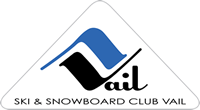
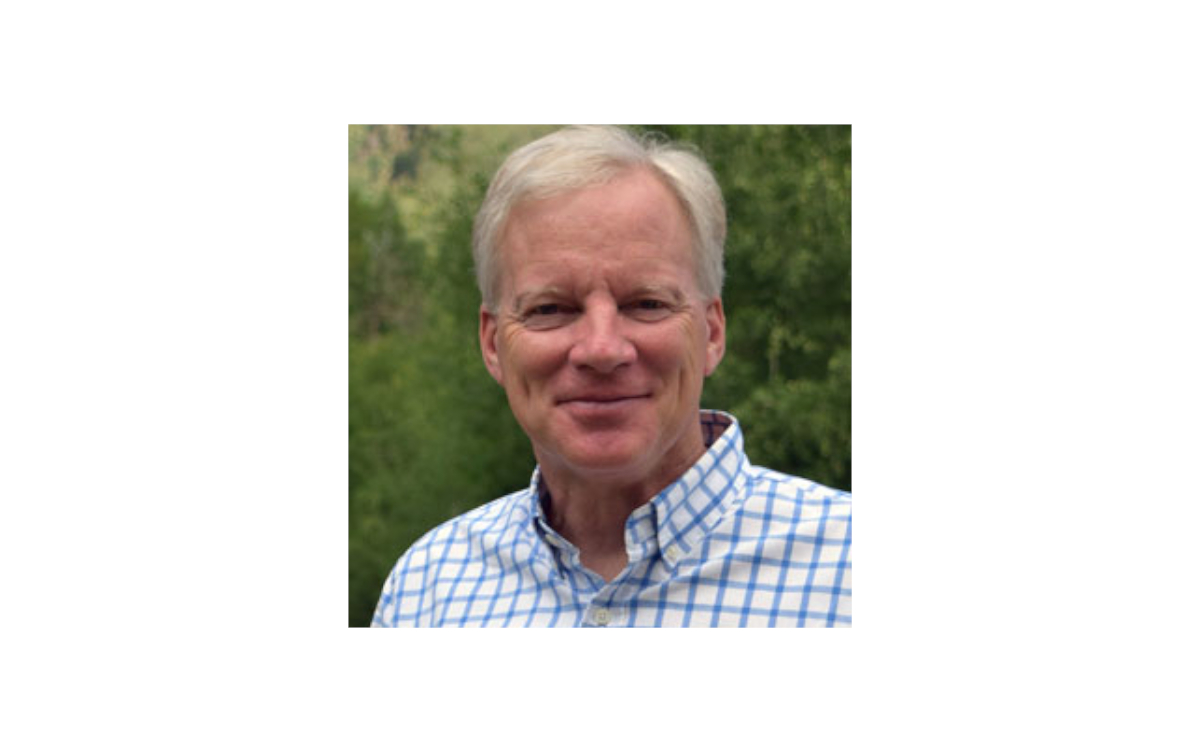
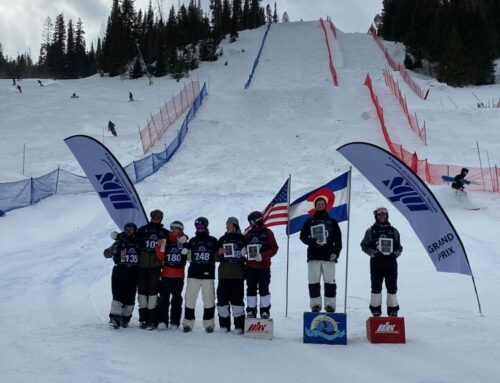
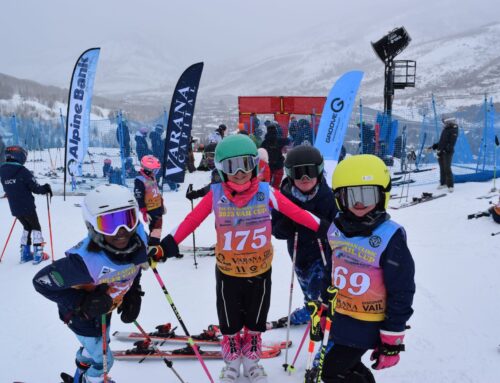
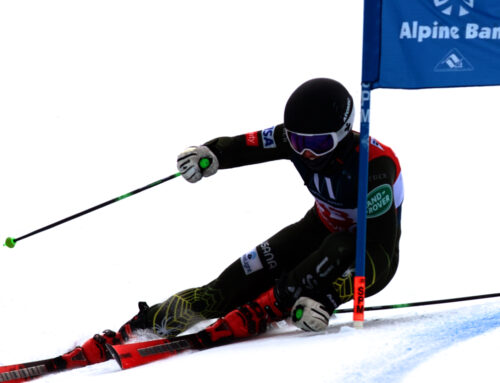
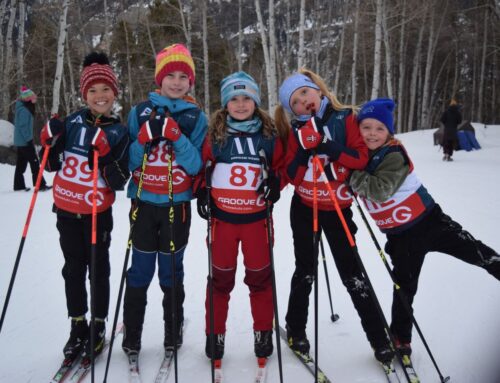
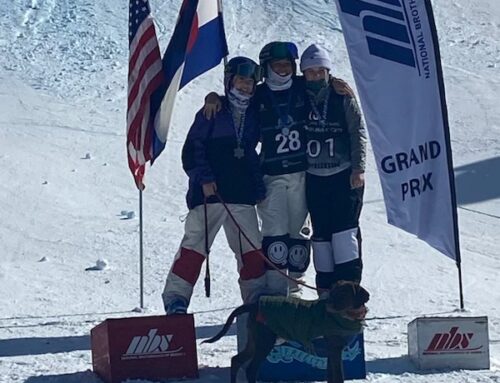
Follow SSCV